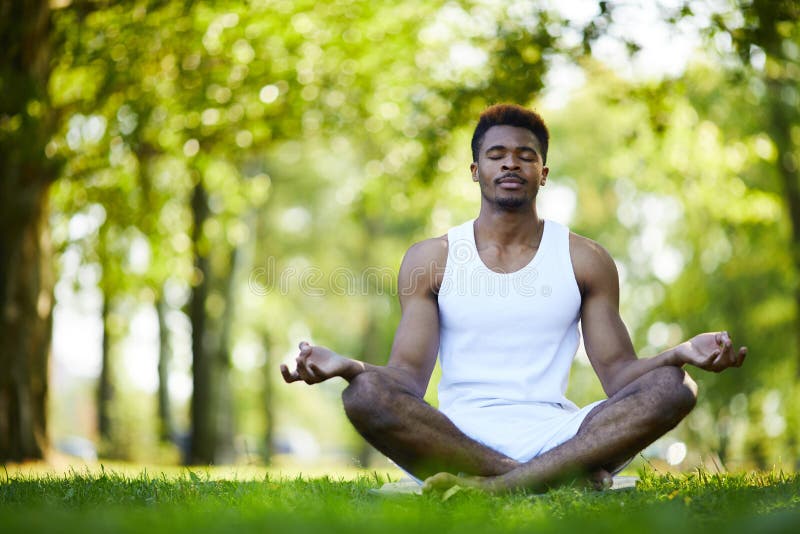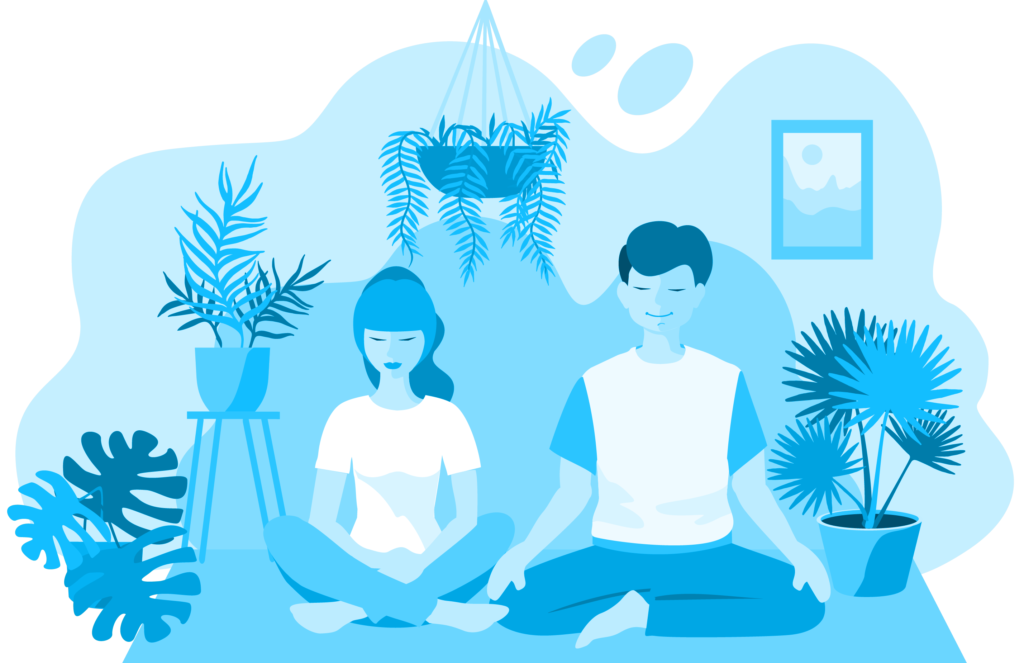How to Meditate? Exploring Various Methods for a Tranquil Mind
How to Meditate? Exploring Various Methods for a Tranquil Mind
Blog Article
Just How to Meditate: A Detailed Approach to Achieving Mindfulness and Tranquility
Meditation acts as a powerful device for achieving mindfulness and emotional tranquility in a busy globe. By understanding the basic principles and strategies associated with meditation, people can grow a practice that enhances their total health. This conversation will describe essential actions, from producing a conducive setting to integrating reflection into day-to-day regimens. As we discover these components, it becomes clear that the trip to mindfulness is not just about the act of being in silence, however rather regarding fostering a much deeper link with oneself and the globe around us. What might this transformation entail?
Understanding Meditation
Recognizing reflection involves realizing its fundamental principles and methods, which offer as the structure for the practice. At its core, meditation is a psychological exercise focused on promoting relaxation, developing internal power, and developing compassion and understanding. The practice urges people to focus their interest, frequently with techniques such as deep breathing, visualization, or rule repetition.
Meditation can be categorized into numerous designs, including mindfulness, transcendental, and loving-kindness reflection, each with unique purposes and techniques. Mindfulness reflection highlights present-moment awareness and non-judgmental monitoring of feelings and ideas, while transcendental reflection entails making use of details concepts to go beyond ordinary mind. Loving-kindness reflection concentrates on establishing a mindset of love and compassion towards oneself and others.
Despite the method used, the primary objective remains constant: to cultivate a deeper understanding of the mind and its patterns. This self-awareness cultivates psychological durability, clarity of thought, and an extensive sense of tranquility (How to meditate?). By comprehending these strategies and principles, people prepared for an effective reflection technique that can substantially improve their general well-being
Getting Ready For Your Technique
Prior to beginning your meditation method, it is necessary to develop a setting for concentrate and leisure. Select a peaceful room where you are unlikely to be disturbed. This might be a corner of a room, a yard, or any place that evokes a sense of peace. Guarantee that the location is complimentary and clean of mess, as a tidy environment can help clear the mind.
Consider the illumination, as natural light can enhance your mood and energy. Soft, warm illumination is often a lot more soothing than rough fluorescent lights. Additionally, select a comfy temperature level, making sure that you are neither as well hot nor also cold.
Including aspects that promote harmony can additionally improve your experience. This may include soft cushions or coverings for comfort, along with calming scents from vital oils or incense. It can additionally be advantageous to have a timer established for your reflection session to stop diversions from clock-watching.
Fundamental Meditation Techniques

One more efficient technique is body check meditation. This involves mentally checking like this your body from head to toe, observing any kind of areas of tension or discomfort and consciously relaxing those muscular tissues. This method fosters a deeper link between your mind and body.

Lastly, loving-kindness meditation concentrates on cultivating concern in the direction of on your own and others. Quietly repeat expressions of a good reputation, enhancing psychological health and interconnectedness. Each of these methods functions as a structure for your meditation trip, allowing you to find the method that resonates finest with your personal method.
Preserving Focus and Mindfulness

Establishing a specialized meditation area can improve the ability to preserve mindfulness. A quiet, uncluttered environment decreases interruptions, enabling for deeper immersion in the method. In addition, setting a time restriction can assist take care of assumptions; starting Find Out More with shorter sessions might relieve the change into longer practices.
Making use of strategies such as body scanning or observing sensations can additionally strengthen mindfulness. These approaches encourage professionals to remain existing and engaged with their physicality, anchoring their focus in the minute. Normal technique is vital; the brain builds resilience in time, producing a more powerful ability for emphasis.
Incorporating Meditation Into Day-to-day Live
Incorporating meditation right into life can transform routine activities into opportunities for mindfulness and self-reflection. By incorporating mindfulness practices into usual jobs, people can cultivate a better sense of existence and serenity among the busyness of day-to-day life.
Begin by identifying moments throughout your day where you can stop and practice mindfulness. Even mundane activities like walking or cleaning recipes can become possibilities for meditation by directing your focus to the experiences of activity and the sounds surrounding you.
Furthermore, establishing apart dedicated times for reflection can enhance its technique. Begin with brief sessions, slowly raising duration as you end up being more comfy. Use tips or hints-- like a particular time of day or a relaxing audio-- to develop uniformity.
Eventually, the goal is to weave mindfulness into the material of every day life, enabling you to approach each moment with intention, therefore boosting your total feeling of well-being and clearness.
Conclusion
To conclude, effective reflection needs a silent environment, a comfy setting, and a concentrate on the breath. By enabling ideas to emerge without judgment and constantly rerouting attention to the breath, specialists can accomplish enhanced mindfulness and serenity. Incorporating numerous techniques, such as body scanning and loving-kindness phrases, can even more improve the practice. Normal reflection, even in short sessions, promotes a deeper connection to the existing moment, inevitably leading to better calmness and mental quality in day-to-day live.
Meditation can be categorized into various designs, including mindfulness, transcendental, and loving-kindness reflection, each with distinct functions and methodologies. Mindfulness reflection highlights present-moment awareness and non-judgmental observation of feelings and ideas, while transcendental reflection involves the use of certain concepts to transcend ordinary idea processes.With your reflection room prepared, it's time to explore numerous fundamental reflection methods that can aid grow mindfulness and inner tranquility.Regularly preserving focus and mindfulness during meditation can be difficult, especially for those new to the practice.Establishing a specialized meditation area can improve the ability to keep mindfulness.
Report this page